Trump escalates trade war with 104 percent tariffs on Chinese imports
- Update Time : Thursday, April 10, 2025
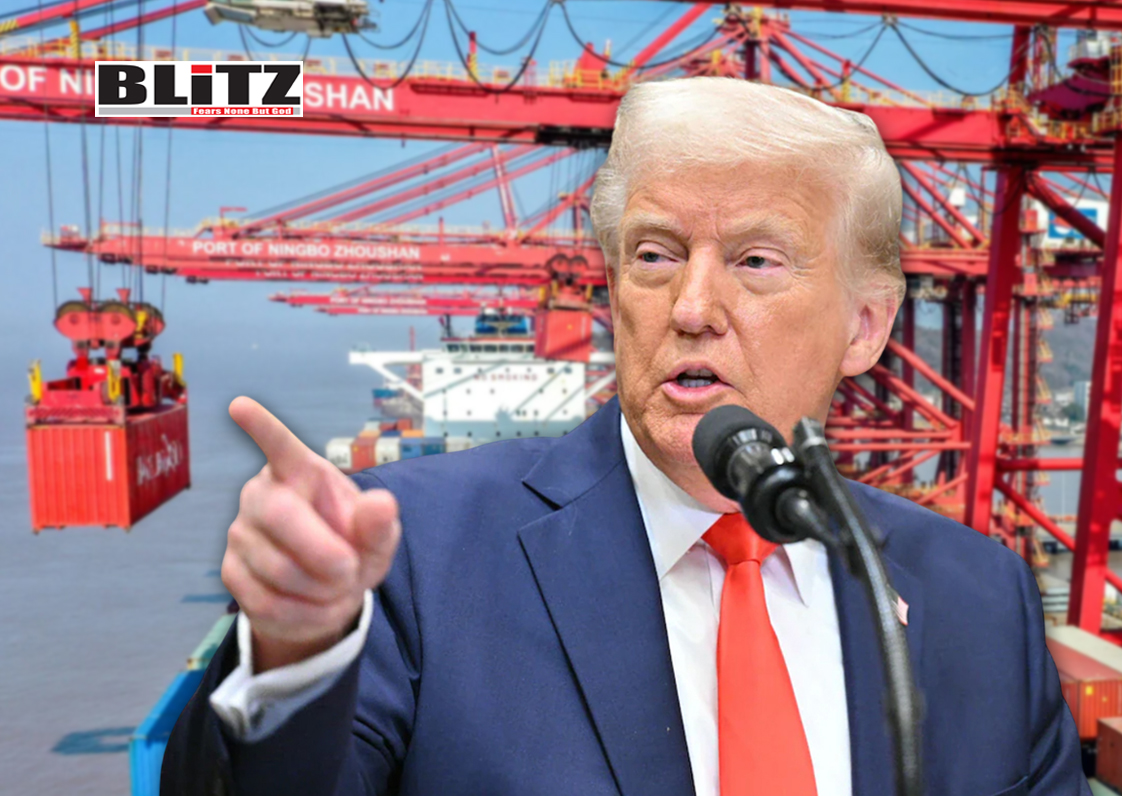
In a dramatic escalation of the ongoing US-China trade conflict, President Donald Trump announced on April 8 that all Chinese imports to the United States would now face a sweeping 104% tariff. The move, an abrupt hike from the initially planned 34%, sent shockwaves through the global financial markets, wiping out an estimated $1.5 trillion in value from major US indices in a single day.
Trump, speaking at a National Republican Congressional Committee dinner in Washington, presented the decision as a retaliatory measure following China’s proportional response to earlier US tariffs. “After all of the abuses they’ve perpetrated, China is attempting to impose additional unjustified tariffs,” Trump declared. “But now it’s our turn to do the ripping.”
Originally, a 34% tariff on Chinese goods was set to take effect on April 9 as part of Trump’s broader “reciprocal” trade policy aimed at nations the administration claims have taken advantage of US economic openness. However, Beijing’s swift countermeasure-a 34% duty on US exports-triggered Trump’s decision to raise the ante dramatically.
The White House issued an amended executive order, building on Trump’s April 2 declaration of a national emergency over the trade deficit. The new directive solidifies a 104% blanket tariff on all Chinese imports, affecting over $500 billion in annual trade.
The administration insisted the move was necessary to end decades of what it sees as unfair trade practices by China. “They’ve ripped us off left and right,” Trump said. “They charged us for many items 100 percent, 125 percent… now it’s our turn.”
Investors responded immediately-and unfavorably-to the tariff escalation. The Dow Jones Industrial Average plummeted by over 1,300 points, while the S&P 500 and Nasdaq saw similar declines, erasing much of the recovery seen earlier in the week. Analysts estimate that US markets lost roughly $1.5 trillion in total value on April 8 alone.
Major multinational companies, particularly in the technology, manufacturing, and agricultural sectors, were hit hardest. Apple, Intel, and Tesla all experienced significant stock drops, as investors weighed the prospect of extended supply chain disruptions and retaliatory tariffs from Beijing.
Small businesses dependent on Chinese imports for raw materials or finished goods also expressed alarm. “This isn’t just a tax on China-it’s a tax on us,” said Rachel Lin, CEO of a California-based consumer electronics firm. “Our margins are already razor-thin. This will force us to raise prices or go under.”
Beijing reacted swiftly and strongly to Trump’s announcement. A spokesperson for the Chinese Commerce Ministry condemned the tariffs as “economic bullying” and “blackmail,” warning that China “will fight till the end if the US side is bent on going down the wrong path.”
Though China has yet to announce its next retaliatory steps, analysts believe Beijing could target critical US industries such as agriculture, aviation, and tech. China is also expected to further strengthen its trade ties with alternative markets in Asia, Africa, and Europe to offset the damage from diminished access to the US market.
Chinese state media outlets framed Trump’s action as a political maneuver ahead of the 2024 election, accusing him of leveraging anti-China sentiment to rally his base. “Trump is playing with fire,” warned the Global Times. “The economic fallout will hurt both sides, but the political cost may be even higher for the US.”
Trump, however, remains unfazed by the backlash. “They’re proud people,” he said of China. “They just don’t know how to get it sorted because they’re proud. But they’ll have to make a deal at some point.”
While many economists and trade experts warned of the long-term risks of a prolonged tariff war-including inflation, supply chain bottlenecks, and recession-Trump defended his strategy as a necessary correction to decades of poor trade policy. He claimed that the US Treasury is already reaping the benefits, reportedly collecting $2 billion a day from tariffs.
“Sometimes you have to mix it up a little bit,” Trump said. “It’s somewhat explosive, sure. But look at what we’re getting in return-jobs, factories coming back, and finally some respect.”
Yet the claim that China is bearing the brunt of the tariffs is contested. Multiple studies, including from the Federal Reserve and independent economists, have shown that the majority of tariff costs are passed on to US consumers and businesses in the form of higher prices.
The sudden escalation has also drawn concern from US allies and global financial institutions. The International Monetary Fund (IMF) issued a statement warning that the move could “significantly undermine global economic stability and trade growth.”
Several European Union countries have also voiced alarm, urging Washington and Beijing to return to the negotiating table. “Trade wars have no winners, only collateral damage,” said French Finance Minister Bruno Le Maire.
Meanwhile, other trade partners impacted by the April 2 executive order-which imposed baseline tariffs on all imports-are scrambling to negotiate exemptions. According to the White House, over 70 countries have requested talks to craft individualized trade deals under Trump’s “America First” doctrine.
As the trade war enters its most intense phase yet, businesses, markets, and governments around the world are bracing for more volatility. While Trump insists that China will eventually “cave” and strike a favorable deal, Beijing’s firm rhetoric suggests that a compromise may be far off.
With both nations digging in and domestic political calculations driving the rhetoric, the likelihood of a prolonged standoff appears high. And with the 2024 US presidential election looming, Trump’s tariffs may become both an economic gamble and a central campaign issue-one with far-reaching implications not only for the US economy but for the global order.



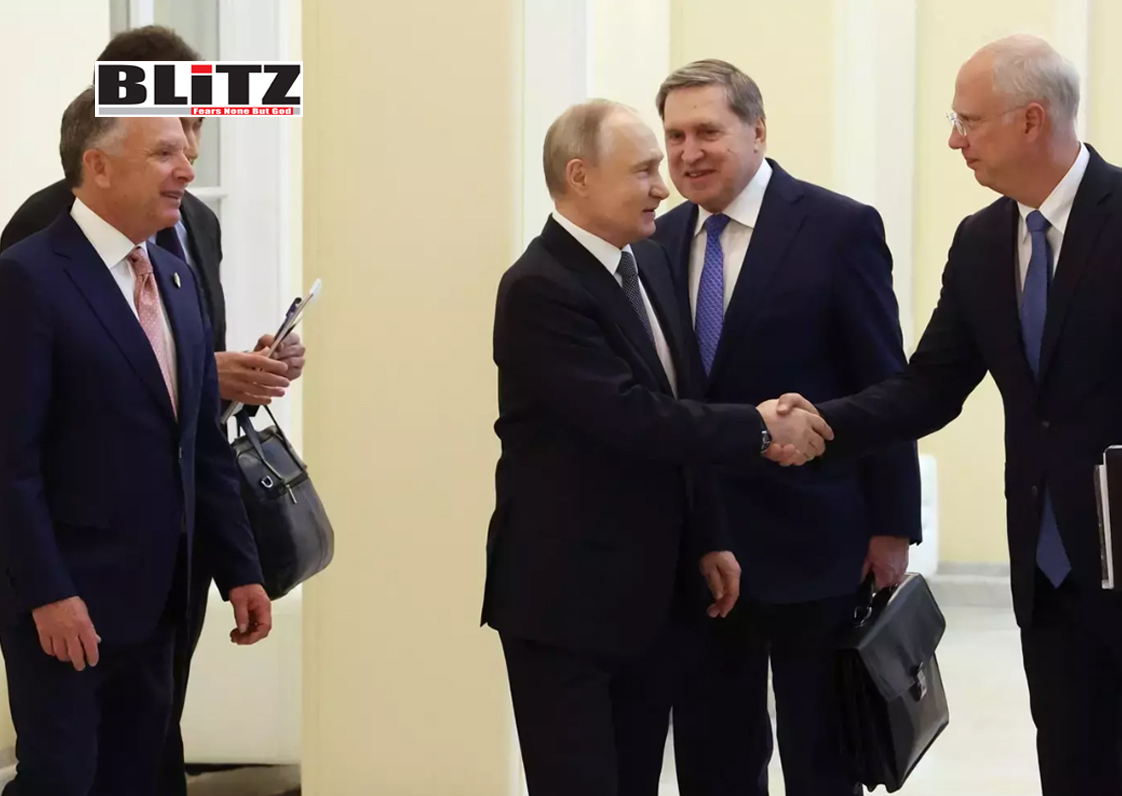

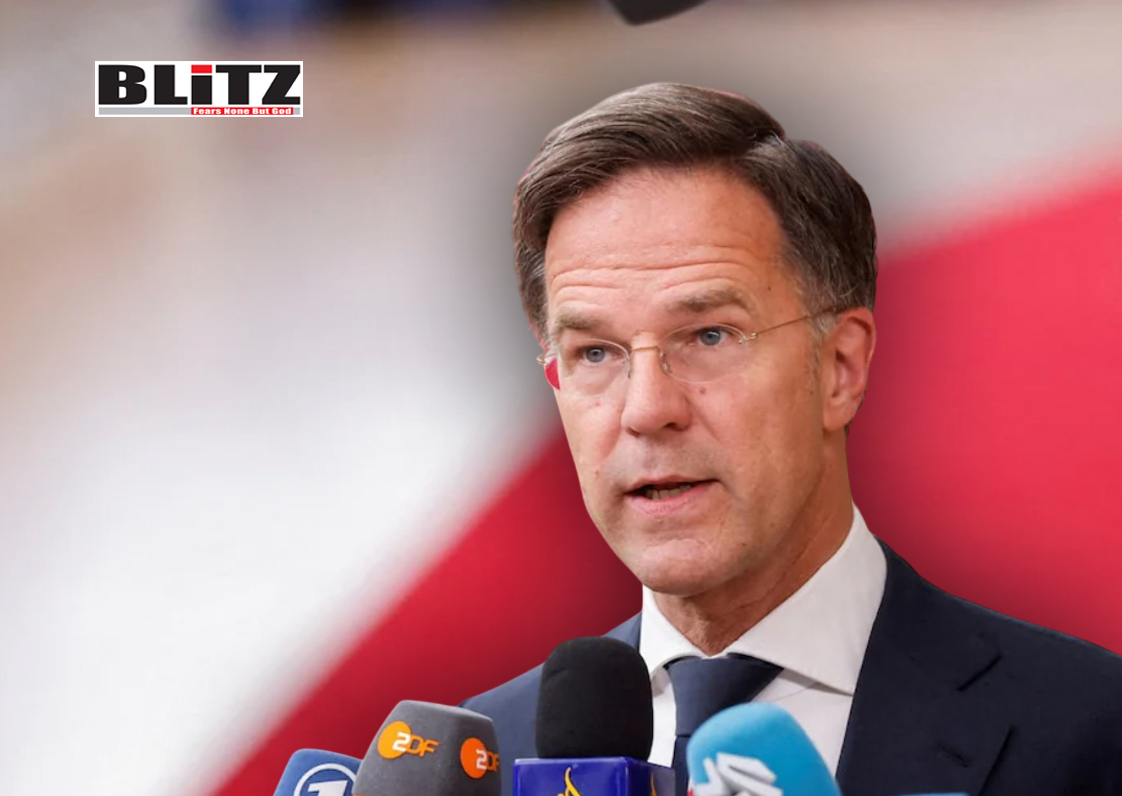



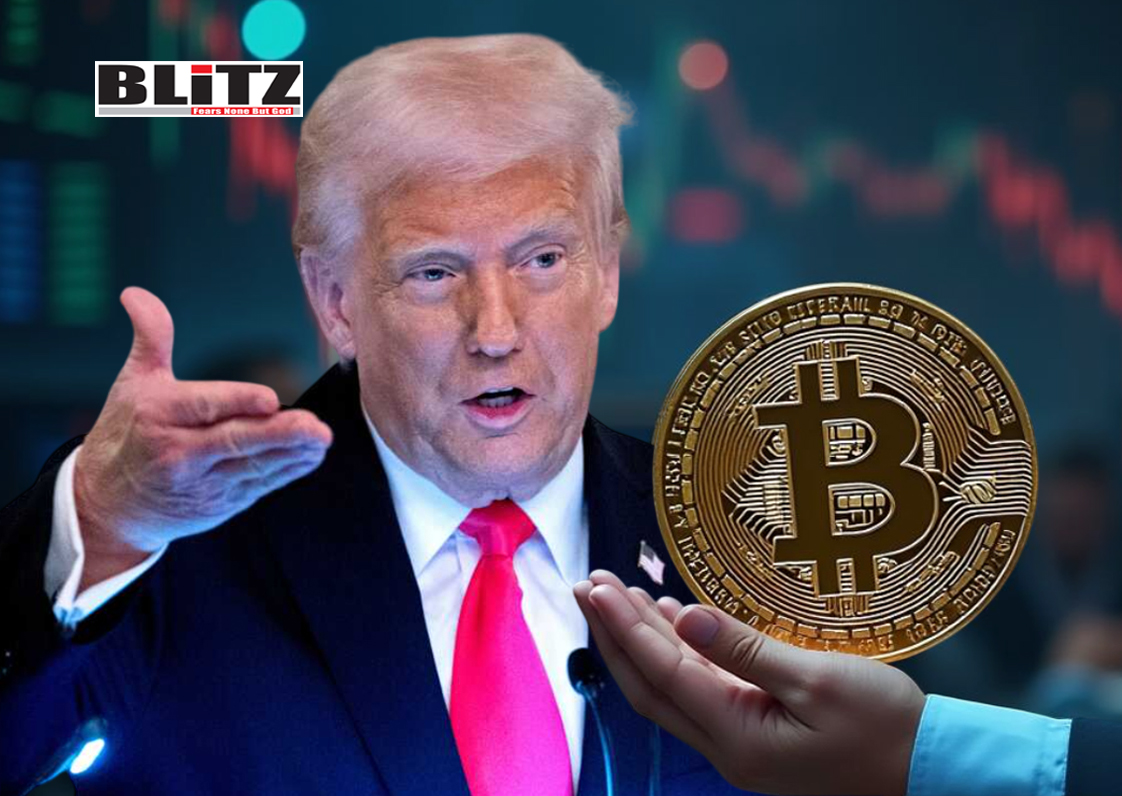
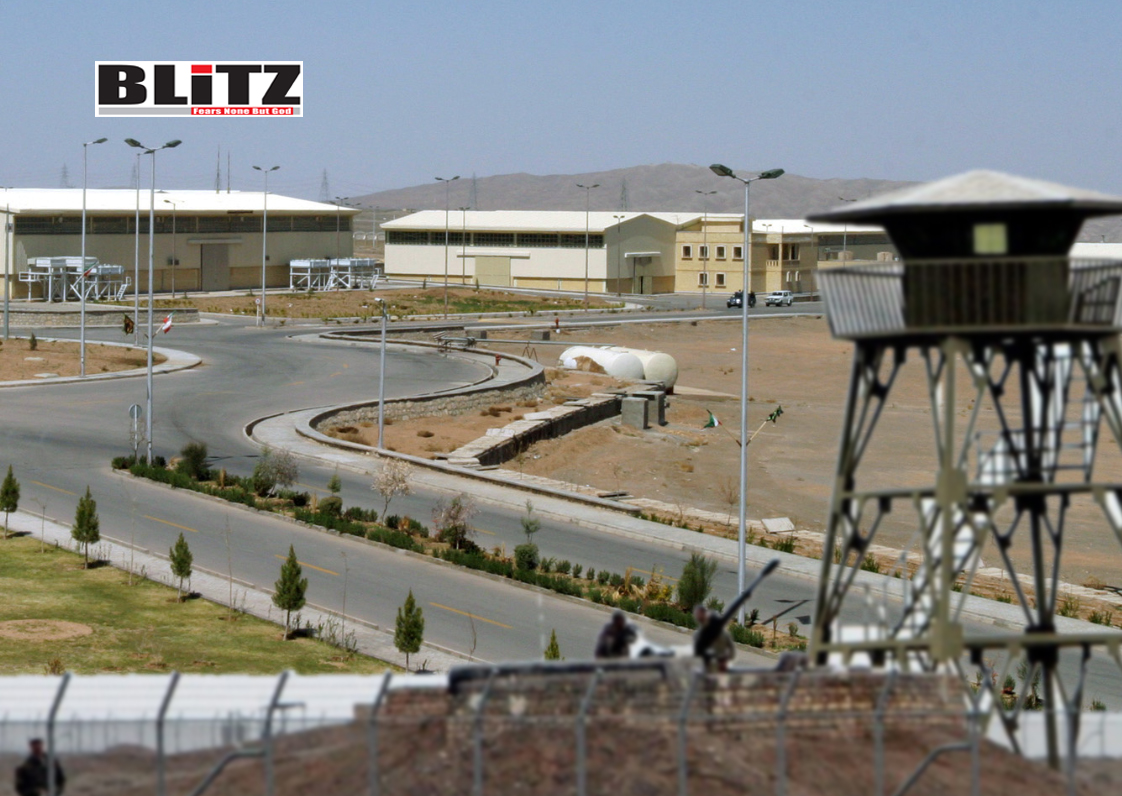
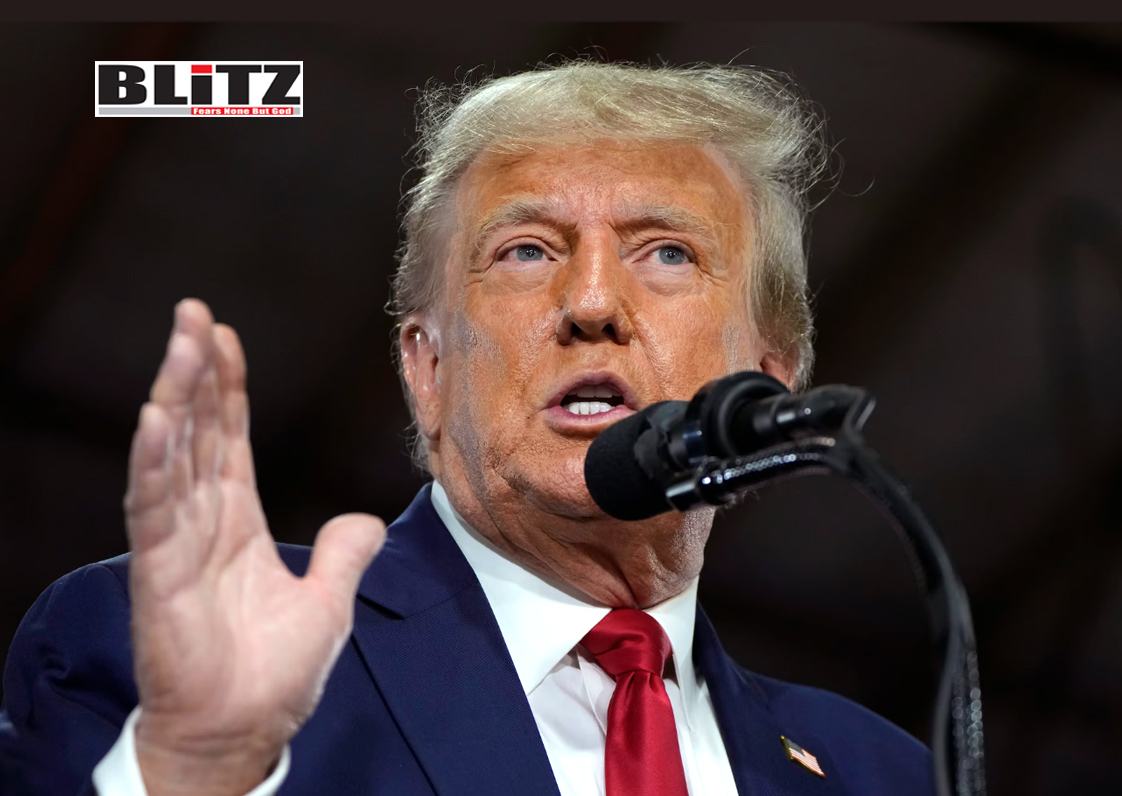
Leave a Reply